Laser Power
Lasers are rated in Watts. A good analogy is the heat and brightness that you get from one of those teeny Christmas tree lights, and compare that with a standard 25 watt incandescent bulb. Lasers are put into official "Classes", which can be simply put:
- Class 1 lasers are things like laser printers.
- Class 2 lasers are things like laser pointers, which are less than 1/200th of a Watt, or 5 milliwatts.
- Class 3 lasers are less than 1/2 Watt, or 500 milliwatts. Cold lasers and "low level laser therapy" is in this range. These have about the same power as a single tiny Christmas tree bulb, but of course the light is focused and coherent.
- Class 4 lasers are more than than 1/2 Watt. Typical "high power" pain lasers are 15-60 Watts. Think of the heat given off from a 25 watt light bulb. These Class 4 lasers are 30-120 times more powerful than the most powerful Class 3 laser.
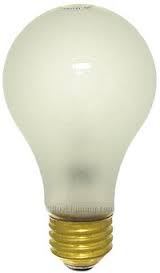
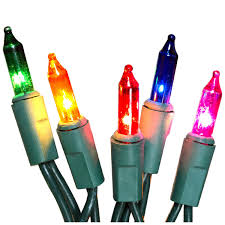
Lasers used to treat pain are either Class 3 or Class 4 lasers. Class 3 lasers are also called "cold lasers", "LLLT", "low level light therapy", or "low level laser therapy". Class 4 lasers are also called "warm lasers", or "high power lasers". Generally speaking, only Class 4 lasers of 10 Watts or more can possibly achieve therapeutic doses of light. The scientific evidence for this has been published only in late 2015.
How Powerful Does a Laser Need to be for Pain Treatment?
In order to treat pain, the laser needs to reach a target tissue, for instance a muscle or a tendon or a nerve that is usually at least 1 1/4 inches below the skin. That's about 3 centimeters (cm.)Let's look at what happens to laser light on its way from the laser source to the target tissue. Looking at this diagram, the goal is to get transmission of the laser to the target tissue, while minimizing absorption, diffusion scattering, and reflection.
The laser starts at the source, and then goes through a fiberoptic cable. Very little power is lost, less than 5% usually.
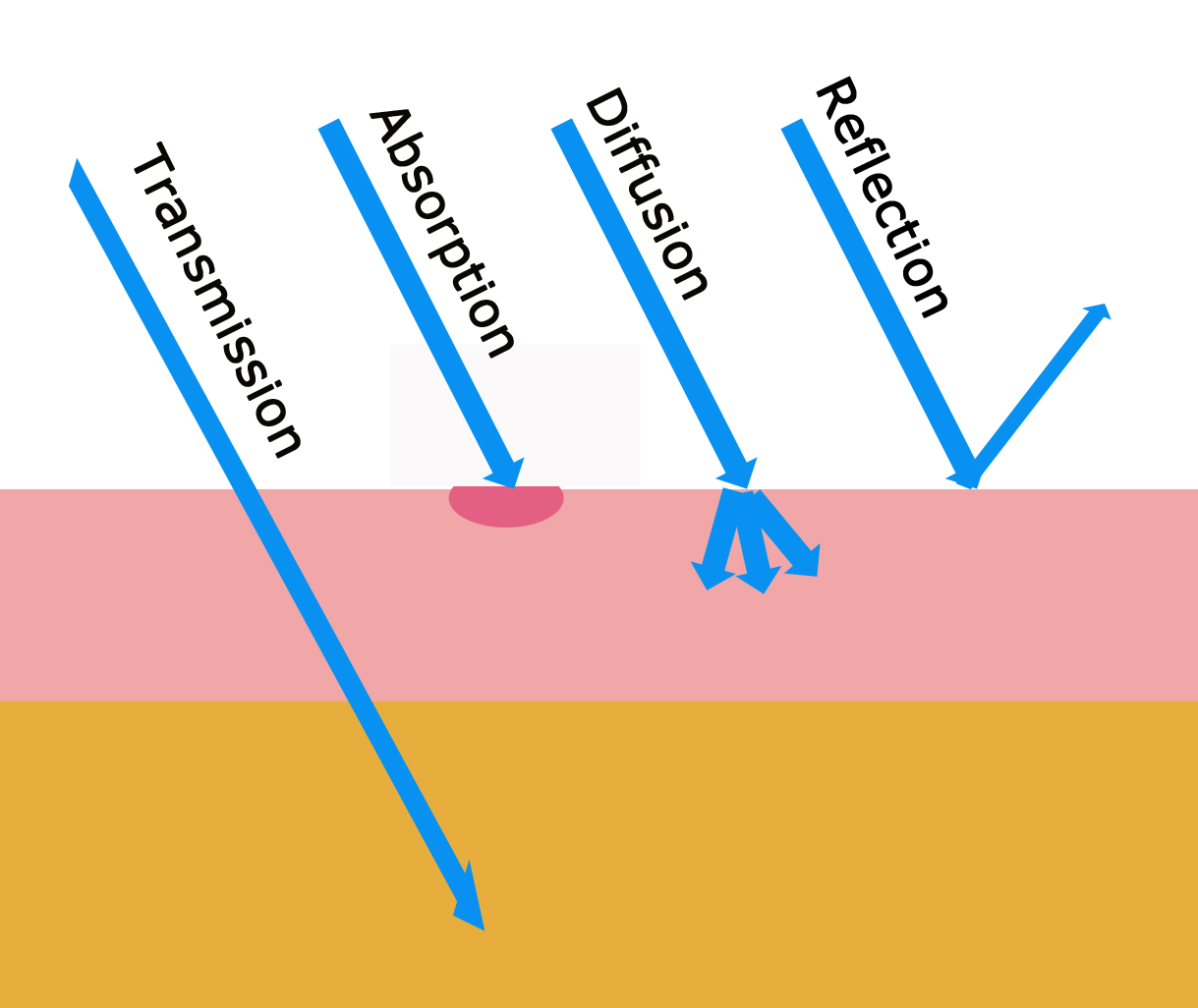 The laser goes from the end of the fiberoptic cable to a handpiece or to the air. Then it hits the surface of the skin. We might lose some laser power in the air or handpiece due to absorption, and again when the laser hits the surface of the skin due to reflection. The total laser power losses are usually 10-50%. Seems like a lot of power to lose, doesn't it? It is, but the biggest hit to laser power is yet to come.
The laser goes from the end of the fiberoptic cable to a handpiece or to the air. Then it hits the surface of the skin. We might lose some laser power in the air or handpiece due to absorption, and again when the laser hits the surface of the skin due to reflection. The total laser power losses are usually 10-50%. Seems like a lot of power to lose, doesn't it? It is, but the biggest hit to laser power is yet to come.
As the laser goes through tissue, most of it is either absorbed or scattered by diffusion. In late 2015, two scientific papers were published which both showed that laser absorption in the 810 & 980 nm range is huge: About 90% is lost every cm. That means that in 3 cm, 99.9% of the laser power is lost. The main factors that affect that are the type of tissue, and the frequency of the laser.
What does this mean, practically? This means that if you have a Class 3 laser of 0.5 Watts, that by the time it goes 3 cm, only 0.5 milliwatts reaches the target tissue. On the other hand, a Class 4 laser of 25 watts would deliver 25 milliwatts to the target tissue. How much power do you really need?
Research shows that you need at least 1 J per cm2 at the tissue level to produce effective biological effect. And that depends on 4 things: (1) Laser losses in the tissue, that we've just discussed; (2) Laser power; (3) Total time that the laser is applied; (4) The size of the laser beam.
Let's look at a common pain-treatment scenario with a laser beam of 5 cm2, how long will it take to treat an area that is 2 inches by 2 inches, with the minimum effective dose of 1 J/cm2 at a depth of 1 1/4 inch?
- For a 25 watt continuous Class 4 laser: 13 minutes.
- For a 10 watt laser at 50% modulation: 1 hour, or 5 13 minute sessions.
- For a Class 3 cold laser of 0.5 watts: 11 hours, or 50 13 minute sessions.
Human Pain Treatment vs Rat Research
Many of the scientific studies that prove laser's results, and the scientific underpinnings, are done with Class 3 lasers. How can that be, when we know that Class 3 lasers cannot be effective in most cases in people? The answer is simple: Class 3 lasers are great as a mouse-sized laser, but you need a Class 4 laser for humans. Just as a mouse-sized pill would not be expected to work on humans, only Class 4 lasers have enough power for humans.Much of the research is done with cell cultures, or exposed rat/mouse tissues. In those instances, perhaps 50% of the laser power is transmitted, rather than 0.1%. So a Class 3 cold laser of 0.5 watts could treat a 1/2 inch by 1/2 inch area with a dose of much less than 1 minute. Perfect for rat research, but this mouse-sized treatment can't be expected to work with people.
What Color Laser is Best For Treating Pain?
OK, we're only going to cover the basics here. Pain lasers use near-infrared frequency. That's just "above" the visible red light, around 800-1,600 nm. Part of the reason that we use the near-infrared spectrum is due to the modest cost of near-infrared diode lasers. Since we cannot see near-infrared light, your eyes always need protection from the laser. Within the near-infrared range, there is an "optical window" where the most laser light can pass through tissues. That's determined by the absorption curves for major substances such as water, blood, lipid (fat) and melanin. This graph illustrates how 810 nm and 980 nm may be the best frequencies, depending on the tissue composition. Of course, the amount of melanin, lipid, water, and blood will influence the absorption of laser.
Within the near-infrared range, there is an "optical window" where the most laser light can pass through tissues. That's determined by the absorption curves for major substances such as water, blood, lipid (fat) and melanin. This graph illustrates how 810 nm and 980 nm may be the best frequencies, depending on the tissue composition. Of course, the amount of melanin, lipid, water, and blood will influence the absorption of laser.
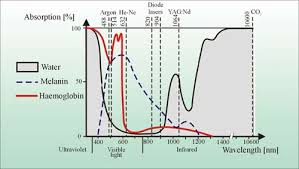
Combining 2 or More Lasers
Can 2 or more lasers be combined effectively? The short answer is "If the two lasers are different frequencies, then almost certainly, yes". However, if the lasers are identical frequency, then there is a chance that one laser will completely obliterate the second laser and negate its usefulness. To better understand this topic requires studying both wave superposition, and dual nature of light as both a photon and a wave.In practice, the Litecure line of lasers use both an 810 nm and a 980 nm diode laser. This are additive, because the differing frequencies result in waves that superimpose and have a net zero influence on each other.
On the other hand, some cold lasers (LLLT) use multiple diodes of exactly the same frequency in an attempt to bypass FDA restrictions on Class 3 laser and produce a higher-wattage unit. Most of the time, the extra power will be produced. However, if two diodes are at the same exact frequency but in opposite phases then power will actually be reduced.
Alphabet Soup - Abbreviations & Lingo
Class 3 laser - a "mouse sized" laser of 0.5 Watts or less, great for mouse or rat research but not for humans.
Class 4 laser - any laser with more than 0.5 Watts of power.
Cold laser - Almost always, this refers to a Class 3 "mouse sized" laser.
Continuous Wave - a laser that is at full 100% power. See "Modulation."
High Dose Laser Therapy - Only a Class IV, high power near infrared laser is powerful enough to reach the deep muscle, bone, tendon, ligament, and nerve tissues that cause pain.
Fluence - the number of Joules divided by the area. In reality, this represents the number of photons that reach the target.
Frequency - the inverse of wavelength, typically measured in nm.
High power near infrared laser - HPNIL.
HPNIL - high power near infrared laser. Usually it is a Class 4 laser, but if you are doing research on an animal, then a Class 3 laser may be "high power."
J - Joules.
Joules - the number of watts times the number of seconds.
LLLT - low level light therapy or low level laser therapy. Almost always, this refers to a Class 3 cold laser.
Low level light therapy - LLLT.
Low level laser therapy - LLLT.
Modulation - switching a laser on and off rapidly. A laser that is 50% modulated has half the power and half the Joules, compared with one that is Continuous Wave or 100% modulated.
Nanometer - nm.
Near infrared - NIR.
Near infrared laser - NIL.
NIL - near infrared laser.
NIR - near infrared, usually it means near infrared laser.
nm - nanometers, a common way of measuring light wavelength. 1 nm is one billionth of a meter long, so that a NIR laser at 980 nm would produce about 1,000,000 waves that fit into the space of a yardstick.
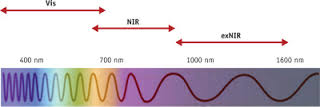
Photobiomodulation - This is a "kitchen sink" term which simply means that laser (photo) causes biological (bio) changes (modulation.) This term can apply to any kind of laser.
Watts - W - the power of the laser.
W - Watts, a unit of power. A 25 watt Class 4 laser generates the same power as a 25 watt light bulb, and a 0.5 watt Class 3 cold laser generates the same power as a single tiny christmas tree bulb.
Warm laser - Seldom used, but refers to a Class 4 laser.